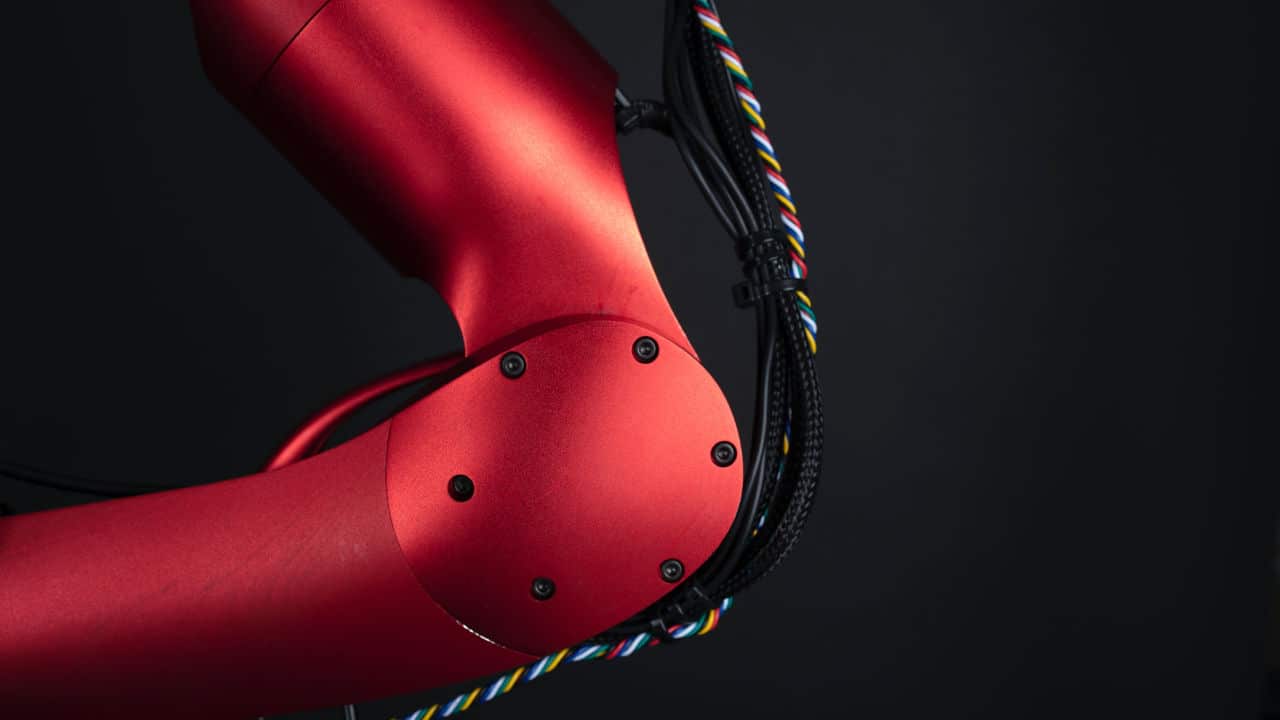The elbow joint comprises three large bones: the ulna, radius, and humerus. Each of these bones can get fractured at different points. The humerus, which is the long bone in the hand, running from the shoulder to the elbow, is at risk of getting fractured because of its outstretched length and how much it contributes to the structure of the upper hand. One of the points where the humerus can get fractured is just right above the elbow joint. This case is referred to as supracondylar humerus fracture.
What Is Supracondylar Humerus Fracture?
A supracondylar humerus fracture is the fracture of the humerus just above the elbow joint. It’s an injury that’s common amongst children. According to a resource of the National Library of Medicine, it’s the most common type of elbow fracture in children accounting for up to 60% of elbow fractures.
However, this type of fracture being common amongst children doesn’t mean it’s peculiar to them. It also happens to adults. An example of an adult case is Runyon V. Wiseman Construction Co., a carpenter who suffered from a left supracondylar humerus fracture while at work.
This type of fracture can result from falling on an elbow, falling on an outstretched hand, or even an impact from an accident. Victims of this type of fracture can experience pain, swelling, loss of function of the upper limb, and even inability to move the affected hand, amongst other things.
This was the case in Curry V. Healthsouth No. Rehab. Hosp-Homer. In this case, the plaintiff fell and suffered a supracondylar humorous fracture on her right arm. She claimed this led to a loss of the full use of her right arm. Hence, she was awarded damages.
Depending on the severity of the fracture, the approach to treating this kind of injury may or may not require surgery.
In a case where the bone gets fractured without being displaced, surgery isn’t always needed to treat this injury. However, when the humerus gets fractured, and the bone gets displaced out of position, surgery will be required to shift the bone back into place before it is allowed to heal. This is because failure to shift the displaced bone back into position can cause malunion of the bone, which will further complicate the victim’s condition.
Getting Compensation For Supracondylar Humerus Fracture
A victim of supracondylar humerus fracture can experience pain and suffering, making them unable to perform their daily functions. Among other things, the medical expenses associated with taking care of this injury can negatively affect its victim as such costs aren’t planned.
Suppose the injury was caused by another person, just like in the case of Andujar V. Town Of West New York Board Of Education, where the plaintiff was allegedly pushed by someone else, leading to a supracondylar humerus fracture in her right arm. In that case, such a victim could seek to get compensation.
Also, a case of supracondylar humerus fracture can get further complicated and be laid with a medical malpractice situation.
An example is the case of Rose v. Friddell. In this case, the plaintiff, who suffered from a supracondylar humerus fracture, got treated by the defendant. However, it was alleged that negligence on the defendant’s part while treating the plaintiff caused the patient paralysis of his left arm and hand.
A person who suffers from similar circumstances can opt to charge the at-fault party to court and seek to get compensation.
Injury Animation To The Rescue
One of the legal visual strategies an attorney handling a case involving a supracondylar humerus fracture can use is an injury animation.
It’s one of the best ways to illustrate the causation of the injury to the jury and get adequate compensation. The environment and factors contributing to a client’s injury can be illustrated to help the jury’s understanding of the case.
Also, in a medical malpractice case where an improper treatment method led to further injury complications, medical animation can come to the rescue.
An example of such a scenario is the case of Rose v. Friddell, where the defendant, in a bid to treat the plaintiff who has suffered from a supracondylar humerus fracture, negligently bound the arm so tight with tape and gauze that the circulation in the arm was obstructed.
This can be illustrated using injury animation. It can clearly illustrate how the tightening of the arm obstructed the circulation of blood in the arm, thereby causing paralysis to the victim.
However, an attorney looking to use injury animation in a case with similar circumstances must work with an expert witness to establish the facts of the case and a reliable injury animation company to create an animation that will be admissible.





